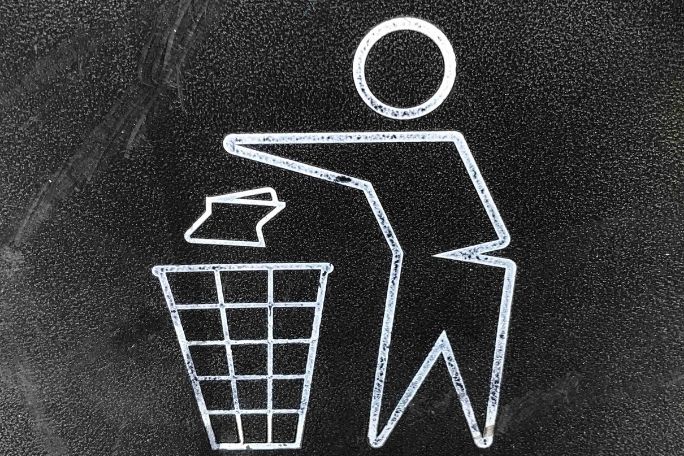Lesson summary
The activity challenges the students to draw together all that they have learned about litter in the unit and communicate about cutting litter to others in the school or the local community.
Learning intentions:
Students will...
- recognise that litter is unsightly, expensive to clean up, pollutes water ways and can harm people and animals
- learn that there are many ways that we can communicate to others about the benefits of not littering.
Lesson guides and printables
Lesson details
Curriculum mapping
Australian curriculum content descriptions:
Year 5 English:
- Plan, draft and publish imaginative, informative and persuasive print and multimodal texts, choosing text structures, language features, images and sound appropriate to purpose and audience (ACELY1704)
- Use a range of software including word processing programs with fluency to construct, edit and publish written text, and select, edit and place visual, print and audio elements (ACELY1707)
Year 5 Science:
- Scientific knowledge is used to inform personal and community decisions (ACSHE083)
- Communicate ideas, explanations and processes in a variety of ways, including multi-modal texts (ACSIS093)
Year 6 English:
- Participate in and contribute to discussions, clarifying and interrogating ideas, developing and supporting arguments, sharing and evaluating information, experiences and opinions (ACELY1709)
- Use a range of software, including word processing programs, learning new functions as required to create texts (ACELY1717)
Year 6 Science:
- Scientific knowledge is used to inform personal and community decisions (ACSHE100)
- Communicate ideas, explanations and processes in a variety of ways, including multi-modal texts (ACSIS110)
Syllabus Outcomes: EN3-1A, EN3-2A, ST3-6PW, ST3-4WS.
Time required: Several classes of 48 mins each.
Level of teacher scaffolding: High – facilitate the process.
Resources required
- Depending on the communication medium chosen by the students: art materials, computer with internet access, camera, movie camera.
Additional info
This is an original Cool.org lesson. Facts and figures in these lessons may have changed since this lesson was published. We always endeavour to update our resources in a timely manner, but if you see an error or issue in our resources please get in touch with us.


Welcome back!
Don't have an account yet?
Log in with:
By signing up to Cool.org you consent and agree to Cool's privacy policy to
store, manage and process your personal information. To read more, please see
our privacy policy here(Opens in new tab).
Create your free Cool.org account.
Many of our resources are free, with an option to upgrade to Cool+ for premium content.
Already have an account?
Sign up with:
By signing up to Cool.org you consent and agree to Cool's privacy policy to
store, manage and process your personal information. To read more, please see
our privacy policy here(Opens in new tab).